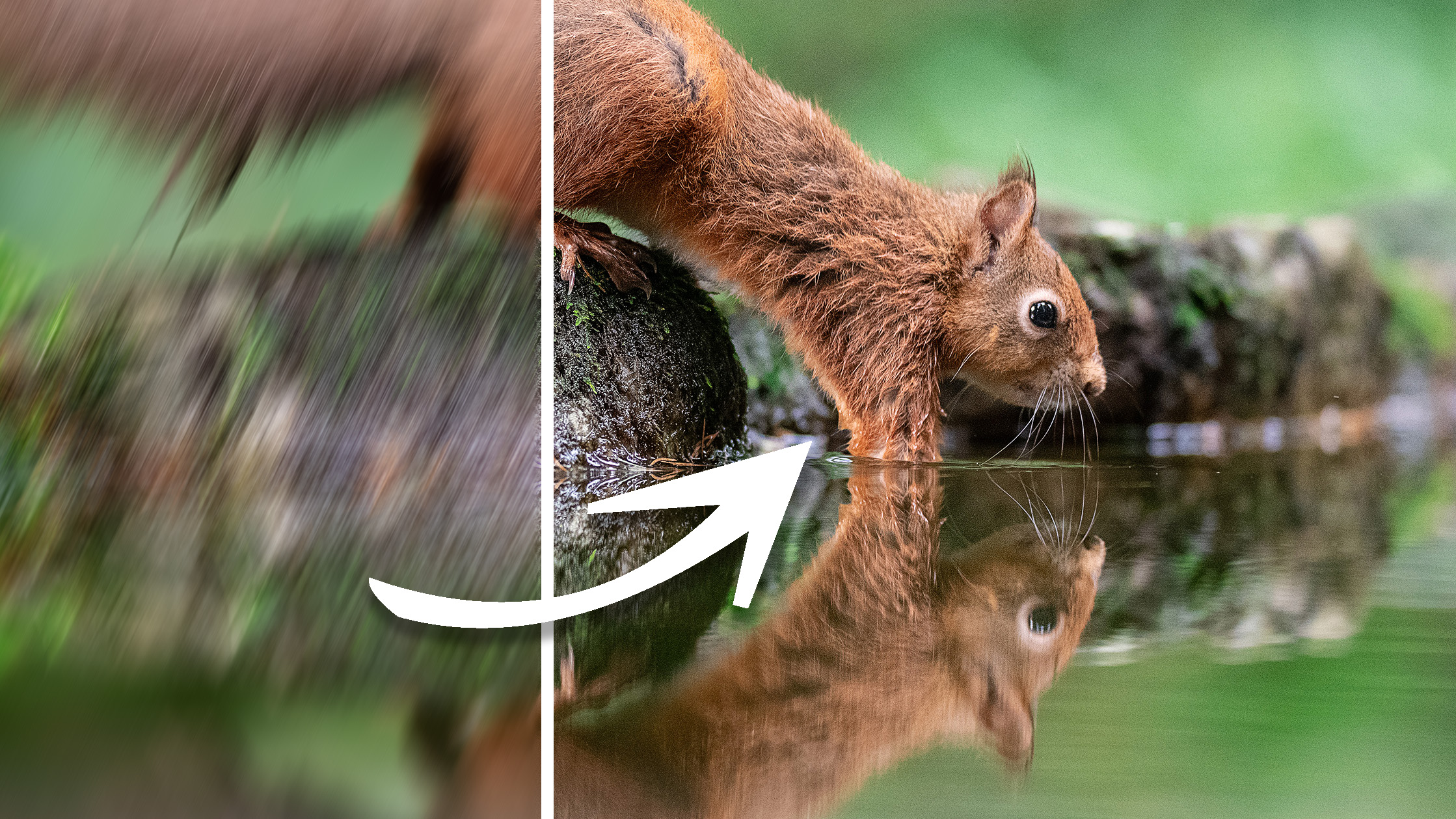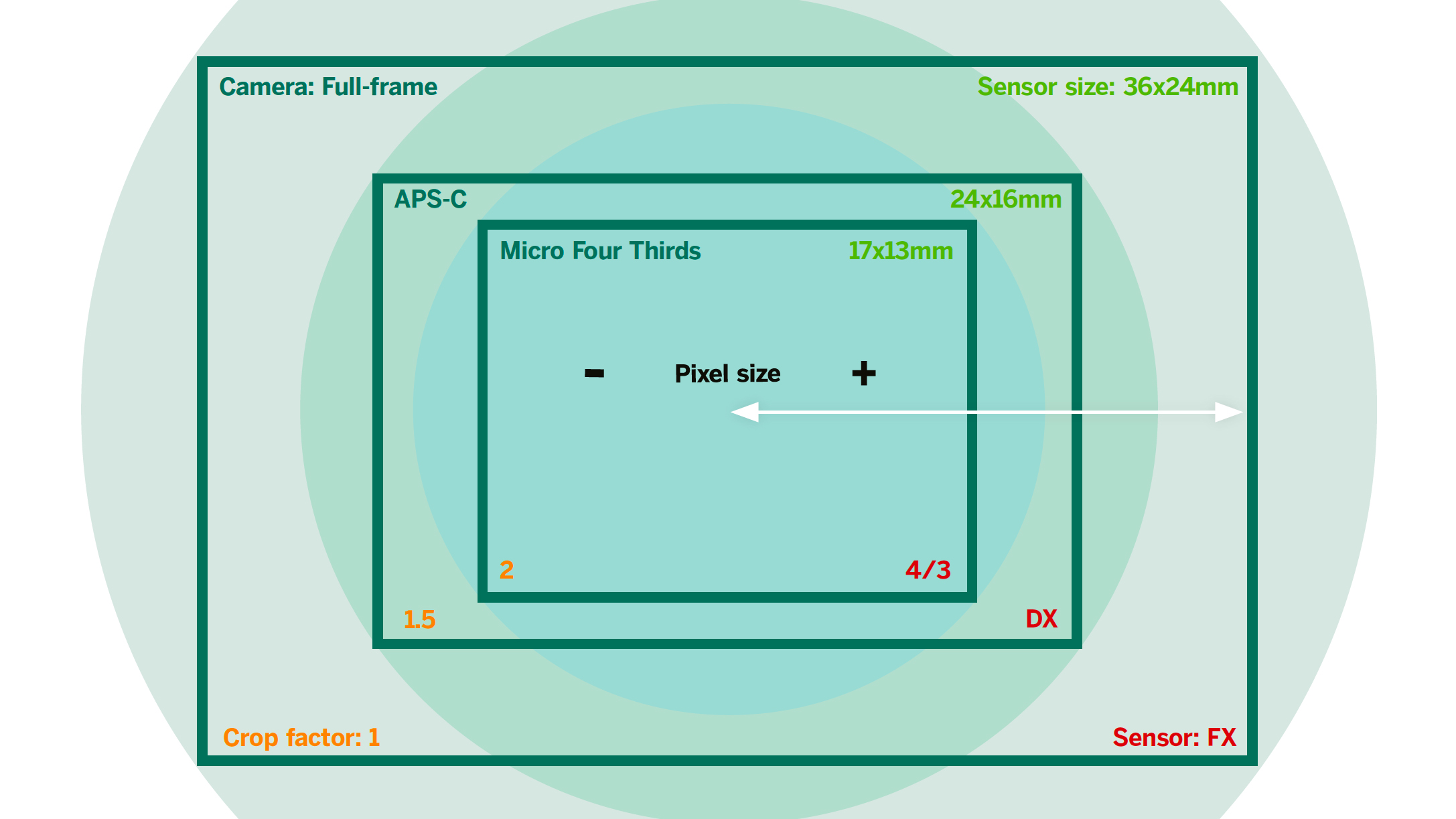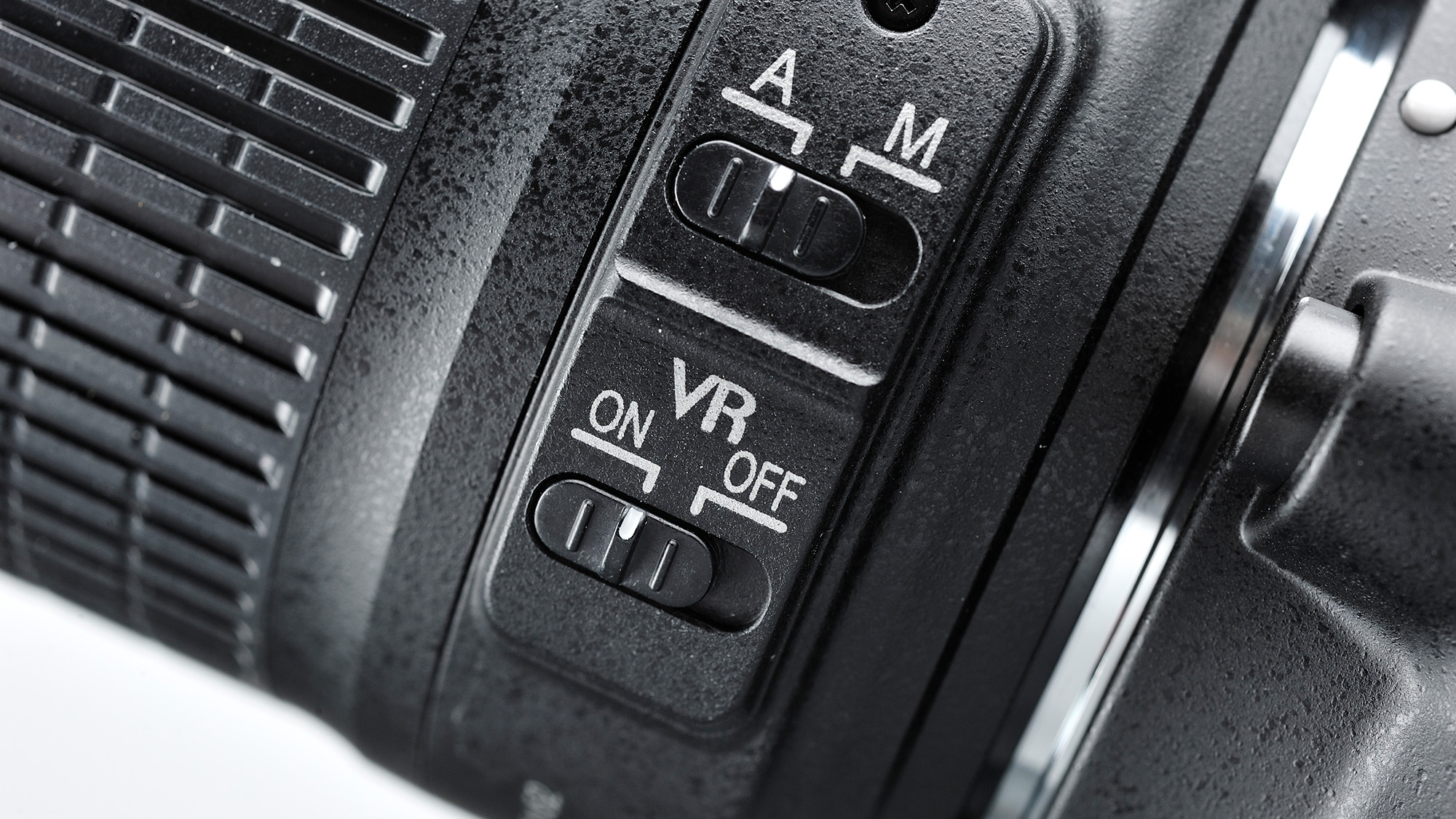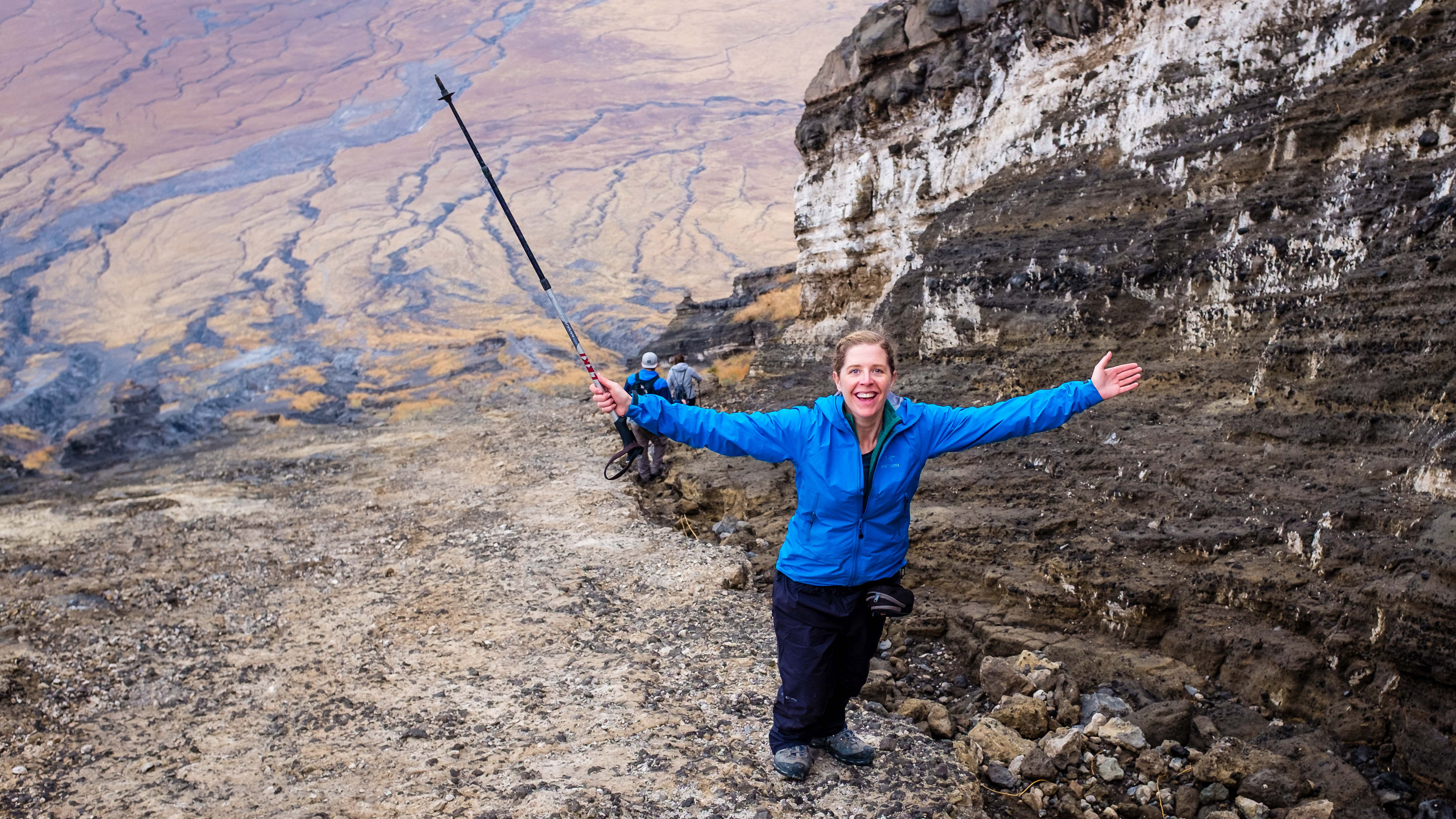I still use the 'outdated' reciprocal rule to beat camera shake in my photos – here's why…
I think camera shake is the number one problem that plagues beginner and intermediate photographers. But is the reciprocal rule still a viable solution?

Have you ever noticed how camera shake is much more prevalent at longer focal lengths? This is because the narrower field of view amplifies even micro-movements of the camera, which means shutter speeds that are fast enough to render images perfectly sharp at wider focal lengths aren’t always enough to freeze those shot at longer focal lengths.
To get around this problem, many photographers use what’s called the reciprocal rule (AKA hand-holding rule). At face value, this simply requires the photographer to match their focal length with their shutter speed’s denominator to mitigate camera shake. So, if you’re shooting at 400mm, you’d need a minimum shutter speed of 1/400 sec to avoid camera shake.
The reciprocal rule is a key technique to master if you're taking the plunge and switching to manual mode. Make sure you fill in any gaps in your knowledge by finding out how I learned the exposure triangle and how I use it to shoot in manual mode.
As is often the case in photography, various factors can alter how you implement the reciprocal rule and for that reason, some photographers have declared it redundant. But not me. So long as you’re aware of the reciprocal rule’s shortcomings, it’s still a great starting point for achieving camera-shake-free images.
I’ve judged hundreds of thousands of images in photography competitions and the number one technical mistake I've seen – more than anything else – is camera shake. If you’ve never heard of the reciprocal rule before and struggle to capture sharp images, read on.
This could be a photography game-changer for you…

If Mike still uses the reciprocal rule, you can bet it’s still of some use. Digital Camera World’s How To Editor has been educating people on photography for years and previously worked as Deputy Editor of N-Photo: The Nikon Magazine. He’s shot almost every genre you can think of, too!
A word on APS-C and Micro Four Thirds cameras

The first thing to be aware of when using the reciprocal rule is that it can only be applied to full-frame equivalent focal lengths. If you’re using an APS-C camera or one of the best Micro Four Thirds cameras, you’ll need to calculate the equivalent focal length by multiplying the focal length you are shooting with by your camera manufacturer’s crop factor.
Most APS-C cameras have a crop factor of 1.5x, unless you’re shooting on Canon, which has a crop factor of 1.6x. Micro Four Thirds cameras have a crop factor of 2x. So, if you’re shooting at 300mm on the APS-C Nikon Z50 II, you’d find the 35mm equivalent focal length by calculating 300 x 1.5 = 450. Thus, your shutter speed would need to be set to 1/450 sec or faster to adhere to the reciprocal rule.
The reciprocal rule: shortcomings & exceptions
Image stabilization

Things are slightly muddied when you bring image stabilization into the fold, since this will compensate for camera shake, but by how many stops of light will depend on the camera and/or lens in question. Here’s an example…
If the reciprocal rule is telling you to shoot at 1/500 sec and your stabilized lens compensates for three stops of light, you should still be able to capture sharp shots at 1/60 sec. However, I’d recommend caution here. As we’re about to find out, your camera’s sensor size can affect perceived camera shake, but in my experience, shooting at 500mm, even with a well-stabilized camera or lens at 1/60 sec would be a last resort at best.
It’s also worth pointing out that Nikon image support specifically states that “VR [image stabilization] systems are most effective when shooting at shutter speeds slower than 1/500 second”. Not all camera manufacturers share the same sentiment and different image stabilization system generations may behave differently, but it’s worth being aware of.
Sensor resolution matters

The main reason why some photographers consider the reciprocal rule outdated is the industry’s shift towards higher-resolution sensors. More megapixels mean larger and more detailed images, which makes camera shake easier to spot. In my experience, you can get away with using the reciprocal rule up to 24MP, anything beyond that and you’ll want to double or even triple your shutter speed’s denominator to get truly sharp shots.
Let’s ignore image stabilization for simplicity’s sake and use the Sony A7 IV’s 33MP sensor as an example. If you’re shooting at 200mm, the reciprocal rule tells you to shoot at 1/200 sec. But I’d recommend shooting at 1/400 sec, minimum. Move to a big 45.7MP sensor like the Nikon Z8 and you’re probably best off shooting at 1/600 sec or faster.
It’s worth noting that cameras use the reciprocal rule when determining your shutter speed via auto ISO. But this won’t take into account the aforementioned shortcomings. Some cameras will allow you to overcome this by setting a base shutter speed, which it won’t dip below. So, if you calculate you need to remain above 1/400 sec to achieve sharp shots, you’re able to.
And yet, there’s one more variable that’s impossible to calculate and that’s you. If you have a particularly steady hand, you might be able to get away with slower shutter speeds than another photographer or vice versa. But that’s something only experience out in the field can teach you.
So there you have it. The reciprocal rule might be a little outdated, but provided you understand its shortcomings, it’s still a great way to work out roughly what shutter speed you should be shooting at if you want to banish camera shake for good.
You may also like...
My ability to use manual mode transformed when I finally learned to use my camera's histogram and stop trusting its EVF. Of course, a surefire way to mitigate camera shake is to invest in the best tripod for photography. And if you're into video, too, you may wish to invest in the best gimbal for mirrorless and DSLR cameras.
Get the Digital Camera World Newsletter
The best camera deals, reviews, product advice, and unmissable photography news, direct to your inbox!

Mike is Digital Camera World's How To Editor. He has over a decade of experience, writing for some of the biggest specialist publications including Digital Camera, Digital Photographer and PhotoPlus: The Canon Magazine. Prior to DCW, Mike was Deputy Editor of N-Photo: The Nikon Magazine and Production Editor at Wex Photo Video, where he sharpened his skills in both the stills and videography spheres. While he's an avid motorsport photographer, his skills extend to every genre of photography – making him one of Digital Camera World's top tutors for techniques on cameras, lenses, tripods, filters and other imaging equipment – as well as sharing his expertise on shooting everything from portraits and landscapes to abstracts and architecture to wildlife and, yes, fast things going around race tracks...
